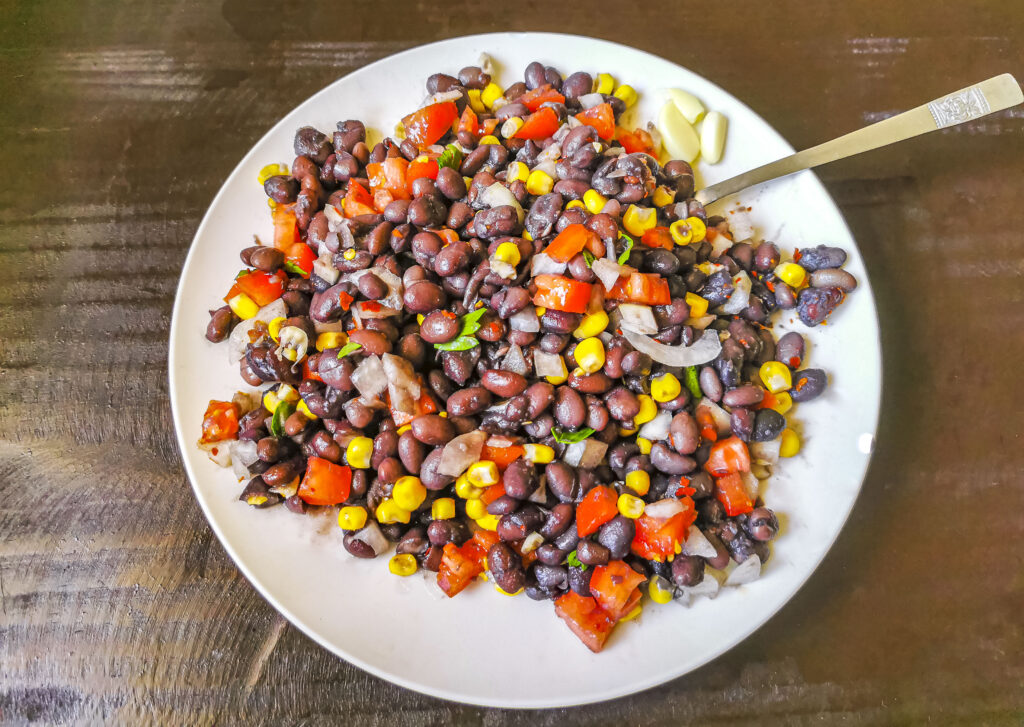 Making breakfast, packing lunch or even grabbing a quick snack for the road, bars have become the go-to for so many of us. Walk down any grocery aisle, and the choices are staggering as they range from breakfast bars to protein bars to others that, quite frankly, look, and likely are, an unhealthy sweet snack. And, while we want to provide our kids with the best options, busy families know that sometimes the most likely choice comes in a wrapper. Jocelin Hurley, RD, LDN, a Steward Health Care Registered Dietitian at Norwood Hospital provides a breakdown you can use to help your family choose the healthiest bar and, when it’s the on-the-go breakfast, lunch or even dinner, feel better about the choice.
Making breakfast, packing lunch or even grabbing a quick snack for the road, bars have become the go-to for so many of us. Walk down any grocery aisle, and the choices are staggering as they range from breakfast bars to protein bars to others that, quite frankly, look, and likely are, an unhealthy sweet snack. And, while we want to provide our kids with the best options, busy families know that sometimes the most likely choice comes in a wrapper. Jocelin Hurley, RD, LDN, a Steward Health Care Registered Dietitian at Norwood Hospital provides a breakdown you can use to help your family choose the healthiest bar and, when it’s the on-the-go breakfast, lunch or even dinner, feel better about the choice.
Added Sugars: You may have already begun seeing the FDA’s new nutrition label which will go into full use in January 2021. The new label includes sugar and a subcategory labeled added sugar, which tells you the sugar that is not naturally occurring and added during processing. When evaluating a bar, added sugars should be near the end in the list of ingredients.
Fiber: Fiber helps you stay fuller longer along with providing benefits related to weight management, lowering cholesterol and supporting healthy gastrointestinal functions. Parents should aim for a bar with 3 or more grams of fiber per bar.
Calories: While some bars are a meal replacement and will reflect that in higher calories, many bars are used as a supplement or a snack with children. When using as snack, bars should contain 200 or less calories.
Protein: Protein is another powerhouse in that it helps you feel fuller longer. A bar with approximately 5 grams of protein can help stave off hunger between meals or help stretch a meager breakfast or lunch until the next snack.
Saturated Fats: Fats, overall, can be good for you in moderation, but saturated fats are not as they can contribute to unhealthy weight gain and increased heart disease risk. Your ideal bar should contain 2 grams or less of saturated fats.
For children, a bar should never be a meal replacement. But, getting out the door and to school on-time can sometimes make that challenging. If it must be a bar, make it a bar with a handful of fruit and some vegetables. While not a typical breakfast (or lunch or dinner) it can at least provide some balance for your time-strapped child.
The ideal bar for your child should include:
- 5 gm or less of added sugars per 100 calories/low in the ingredient list
- 3 grams or more of fiber
- 200 or less calories
- 5 grams of protein
- 2 grams or less of saturated fats
It does take extra time to evaluate labels, finding the best option for your family can go a long way in helping kids have a happier, more productive day.
To find a doctor or schedule an appointment, visit Steward DoctorFinder™.




